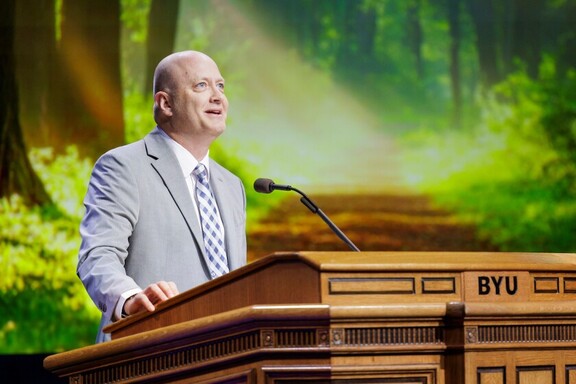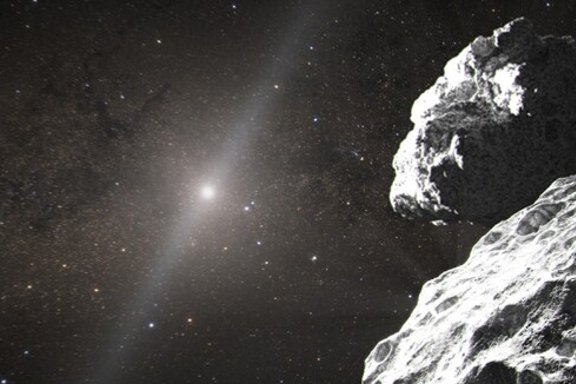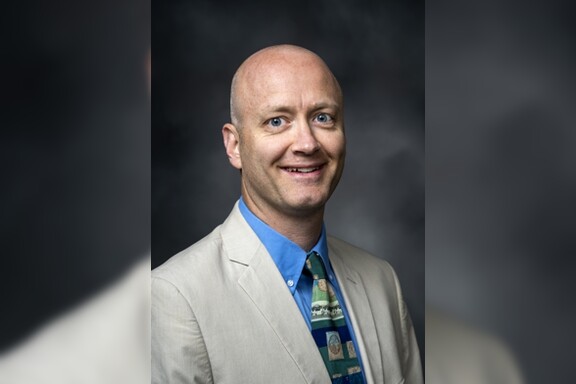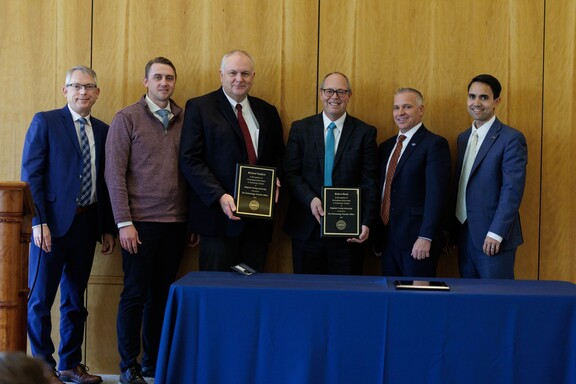Whether on their own or orbiting as a pair, black holes don’t typically sit still.
Not only do they spin, they can also move laterally across their host galaxy. And according to astrophysicists at Brigham Young University, both types of movement power massive jets of energy known as quasars.
The study, which appears in the current issue of Proceedings of the National Academy of Sciences, is the first to compute what may fuel some of the brightest persistent lights in the universe.
These spectacular jets stream out of galaxies that contain discs of debris and gas, the remnants of stars ripped apart by the force from black holes.
“The black hole is like a generator spinning around in these magnetic fields,” said BYU professor David Neilsen, lead author of the study. “The way the field lines get twisted around and pulled by the spinning black hole creates electromagnetic tension that gets turned into radiation and energy that goes out.”
One black hole in the galaxy Centauras A propels radiation in a jet measuring 1 million light-years long.
The spin of black holes has been believed to play a role since the idea was put forward in 1977. The new study confirms this theory while also introducing a totally new component: that a black hole’s lateral movement also powers these jets.
“Rotational kinetic energy contributes, but the simple movement like a billiard ball can also contribute to this,” said BYU professor Eric Hirschmann, a co-author of the study. “The two processes don’t compete with each other, they combine with each other to give you the overall energy that streams away from the black hole.”
In other words, the biggest and brightest quasars could come from black holes that both spin fast and traverse their host galaxy at high speeds.
Researchers from six other institutions appear as co-authors on the new study.
More Information on This Article
News and Events














